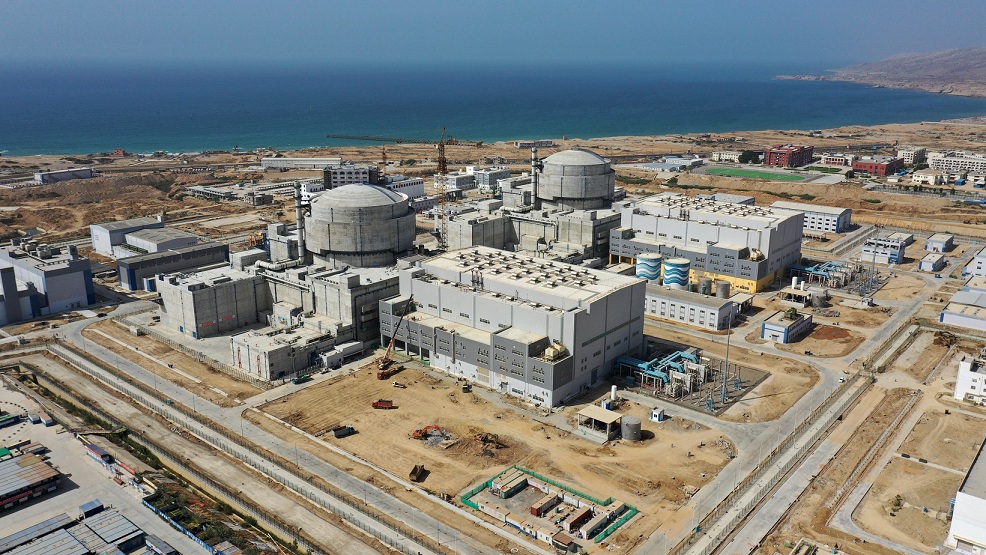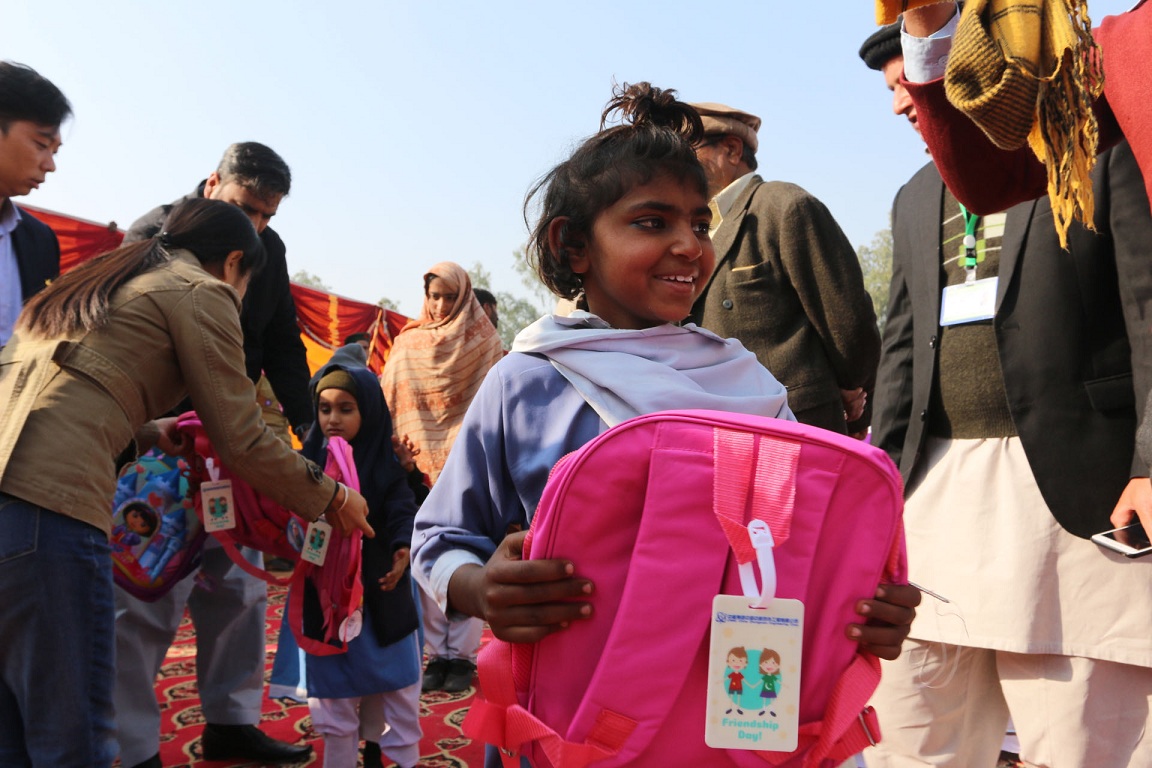China and Pakistan signed a deal on the joint construction of the Chashma Nuclear Power Plant in the Southern Asian country at a ceremony in Beijing on Dec 31, 1991. The Pakistani nuclear power plant took China's Qinshan Nuclear Power Plant as a reference and the cooperative agreement marked the beginning of bilateral cooperation on the peaceful use of nuclear energy.
Pakistan held a ceremony on Feb 2, 2023 to mark the delivery of K3 unit of Karachi Nuclear Power Plant, which was an integral part of China's first Hualong One project in the overseas market. It represented another milestone made by China in exporting its nuclear power technology.

The K2 and K3 units of Karachi Nuclear Power Project is near the Paradise Point in the Arab Sea of Pakistan's Sindh province. They were built by China National Nuclear Corporation Overseas Ltd.(CNOS), affiliated with China National Nuclear Corporation (CNNC). The K2 unit of Karachi Nuclear Power Project started commercial operation on May 20, 2021 and the K3 unit successfully passed a provisional acceptance on April 18, 2022.
Hualong One is China's third-generation nuclear power technology with full intellectual property rights developed by the CNNC on the basis of its three-decade experience in scientific research, design, manufacturing, construction and operation. It has been hailed abroad as a Chinese brand name of high-end manufacturing. It has been designed and built in accordance with international highest-level safety standards.
The delivery of the K2 and K3 units of Karachi Nuclear Power Project has fundamentally addressed Pakistan's electricity shortage. Two nuclear power units can annually produce electricity of nearly 20 billion kilowatt-hours, equivalent to the power generated by 6.24 million metric tons of standard coal. It has reduced the emissions of carbon dioxide by 16.32 million tons, equal to planting 140 million trees, and played a vital role in helping the world achieve its carbon neutrality goals and tackle climate crisis.
During the construction process, the CNOS has adhered to the principle of localization strategy and fully involved local companies as well as personnel in project design, manufacturing, equipment test and supplies in a move to further drive the development of the Pakistan’s economy.

The CNNC and its subsidiaries have firmly fulfilled its corporate social responsibility in Pakistan. In 2018, the CNOS donated 400 sets of study materials to primary school students in nearby areas of Chashma Nuclear Power Plant. The CNNC organized donations of relief materials and financial aid to flood-affected Pakistanis in 2022.
Till now, China has helped Pakistan build two nuclear power plants, which consist of six nuclear power units and provide the country with clean and stable electricity.
Pakistan held a groundbreaking ceremony for the C5 unit of Chashma Nuclear Power Plant. It was the third nuclear power unit built with China's Hualong One technology in Pakistan and the seventh nuclear power unit exported by China to Pakistan, marking another milestone in the two countries' nuclear energy cooperation.
The C5 unit of Chashma Nuclear Power Plant will further optimize Pakistan's energy mix, guarantee its energy security, promote its economic growth, improve the well-being of the Pakistani people, and bear great importance to the building of an even closer China-Pakistan community with a shared future in the new era.






